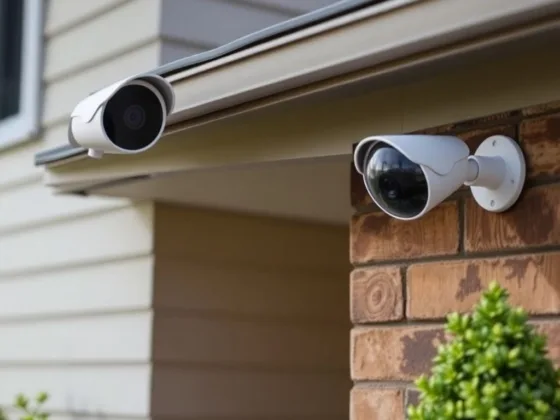Table of Contents Show
If you have been considering purchasing a hot tub, you most likely already have a rudimentary understanding of what they are. What more do you know? You know that the water moves and that it’s meant to be really opulent and relaxing.
Jacuzzi specialists offer you the whole story of the history in this article, including plumbing, parts, how to maintain your home spa, the cost, and the advantages of hot tubs. When you’re ready to purchase hot tubs in Florence KY, you’ll be fully informed and prepared to go ahead with your purchase.
In no time at all, you’ll be lounging in your own private outdoor spa, relishing a sparkling, opulent bath.
A Jacuzzi: What Is It?
Most specialists define a jacuzzi as an oversized tub filled with jacuzzi, particularly one that has a whirlpool feature, where people may relax and mingle.
Origins of the Jacuzzi
A lot of people are surprised when they find out about the origins of the jacuzzi. Calderas was the term for the oldest. These were merely bathtubs with water heated by stones.
Therma in Ikaria has one of the earliest known instances of a hot tub. As far back as the fourth century BC, hydrotherapy was widely used there.
Bathing springs and amenities were first established in Japan around 737 AD in the vicinity of Izumo, Shimane. The earliest ryokans were constructed in Japan in the eighth century.
They provided lodging, food, and what they called “ofuro,” or bathing tubs, to guests.
The act of bathing was enjoyable to the Romans of antiquity as well. There were public baths, private baths, and bathtubs in their houses. Even Roman soldiers, upon discovering thermal and mineral springs, would construct their own baths when invading distant territories.
Bathing was abandoned after the fall of the Roman Empire in 476. Baths were not progressively repurposed again until the 13th century, especially in southern Europe. In the United States, jacuzzis were first introduced in the 1940s. Their inspiration came from ofuro, a Japanese dish. The original hydrotherapy pumps were introduced by Jacuzzi.
Models of fiberglass shells didn’t first surface until some time in 1970, and cast acrylic shells quickly replaced them.
Read Also:
Do Hot Tubs and Jacuzzis Work the Same Way?
Although the term “jacuzzi” is only a trademarked brand name, it has come to be used interchangeably with “hot tub.” Nonetheless, there are a few significant distinctions between jacuzzis and hot tubs.
Spas with heated water: These are sizable tubs. One can be used for amusement and relaxation. Home spas and a variety of other goods are marketed under the trademark Jacuzzi.
How Do Most Basic Home Spas Operate?
Self-contained jacuzzis give users a place to unwind and relieve tension. They basically circulate water and have components that aid in maintaining clean, clear water.
For the duration that your jacuzzi is in use, its working components continuously cycle your water. This procedure disperses chemicals, keeps the fluid from stagnating, and permits the heater as well as the filter to function as intended.
Your tub’s plumbing supplies a constant flow of water so the jets may fully enjoy the benefits of a hot tub. This is how your hot tub’s functioning parts operate:
Suction: The filtering system receives water that is drawn from the spring or spa. The pump, skimming devices, and suction line are the components that carry out this operation.
Filtration: The water is heated and filtered by the filtration system. The heater, filter, and pump are necessary parts of this process, and occasionally an ozonator will be used.
Return: This is the process of returning the hot, clean water to your hot tub. The pump, manifolds, PVC tubes, jets, return lines, and manifolds are the parts that do this.
Understanding the various sections and components is essential to comprehending how a hot tub operates.
What Constitutes a Hot Tub’s Different Parts and Components?
Among a home jacuzzi’s primary parts are:
- The Shell
- Pumps
- Controller and Heater for Spa Pack
- Hot tub filtration
- System for Topside Control
- Oxygenator
There is a large variety of pricing ranges, from inexpensive inflatable baths that start at about $300 to the most expensive ones that may cost as much as $25,000. Whatever your spending limits, there’s a home spa out there that will suit your needs and budget well.
It doesn’t matter if you’re purchasing a hot tub for medical reasons (https://health.clevelandclinic.org/benefits-of-hot-tubs/), or simply for recreation, there are a number of benefits to owning one. Be certain to look into the available options for the space you have and the climate you reside in, as some indoor models are better suited for cold climates.
In Summary
A high-quality home spa is not inexpensive. For this reason, it’s crucial that you finish your homework before spending any money.










